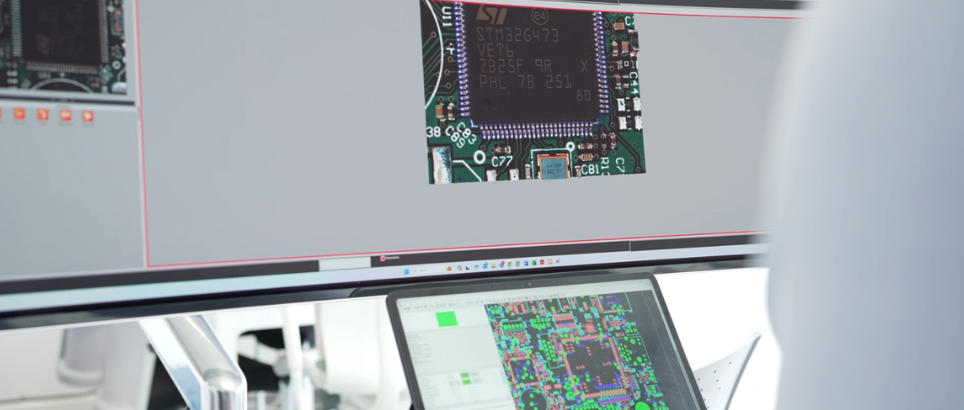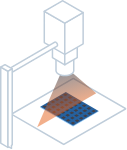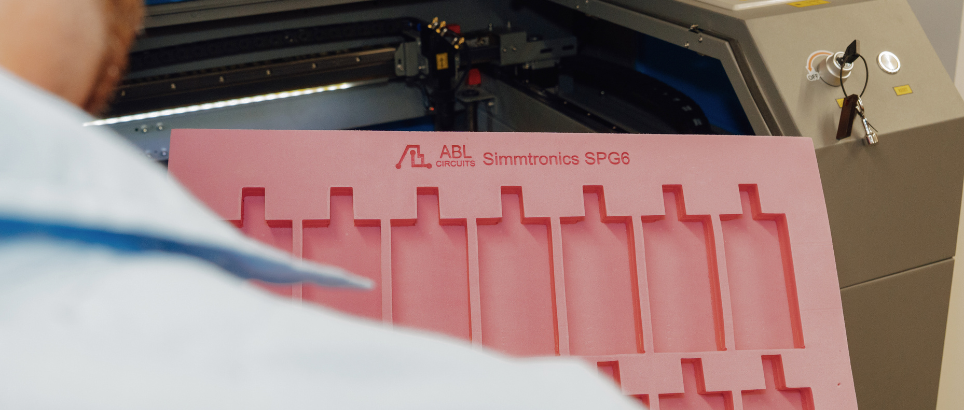PCB Design

What is PCB design?
PCB design is the process of taking your circuit diagrams and specifications and turning them into physical printed circuit boards that can be manufactured and used in your products. It brings your ideas to life, ensuring every board meets your requirements precisely.
Printed circuit boards are critical components in countless devices, from LED lighting and smartphones to industrial machinery, pacemakers, and navigation systems. They’re essential in almost every sector, which is why accurate and effective PCB design is so important for your project’s success.


How does PCB design work?
PCB design combines computer-aided design (CAD) and layout software to translate your schematic diagrams into a workable board layout. Key steps include:
- Component placement - Each component from your schematic must be carefully positioned on the board. This requires skill and precision, especially when space is limited, to ensure optimal functionality.
- Routing - Routing connects all the components via electrical pathways, creating a unique layout that ensures your PCB operates exactly as intended.
- Testing - Design alone isn’t enough. At ABL Circuits, our technicians carry out detailed inspections throughout the manufacturing process to identify potential issues early, ensuring the final boards are accurate and reliable.
How ABL Circuits helps with PCB design
At ABL Circuits, we make PCB design straightforward, accurate, and fast. Accuracy is critical, and our experience and attention to detail mean every board meets your specifications right the first time. Once your design is approved, we can deliver bare PCBs within five working days, and for urgent jobs, same-day manufacturing or rapid prototypes in as little as eight hours are available. All PCB design is carried out in-house at our Baldock, Hertfordshire facility, keeping design, manufacturing, and assembly under one roof. This complete oversight ensures strict quality control, fast lead times, and consistently reliable boards, giving you confidence in every project from start to finish.
Key Differences Between SMT and THT Assembly
PCB assembly uses two main techniques:
Surface Mount Technology (SMT)
SMT components are soldered directly onto the board’s surface, offering:
1
Often using Pick and Place machines.
2
Ideal for compact, high-density designs.
3
Connections may be weaker under stress.
Through-Hole Technology (THT)
THT involves inserting component leads through drilled holes for a stronger connection:
1
Ideal for high-vibration or high-power applications.
2
Additional drilling and soldering steps required.
3
Due to lead-based design and extra material.

Looking for a bespoke manufacturing solution?
See how ABL Circuits can help you today:
Quick Quote
Alternatively, for a quick overview, fill out the basic form to the right.












